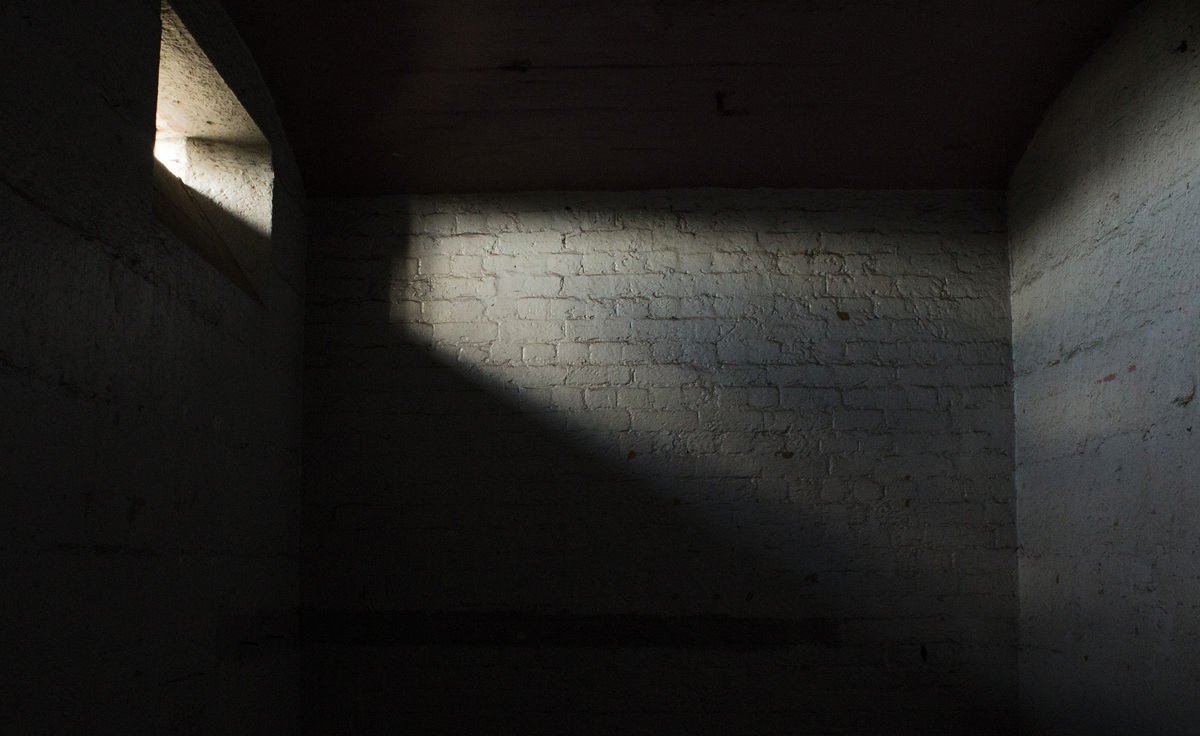Today, the Department of Homeland Security announced some much needed changes to the immigration detention system. The ICE detention system, which has grown dramatically over the last several years, currently has 32,000 detention beds available at any given time, which are spread over 350 facilities across the country. ICE owns and operates their own facilities, and also rents bed space from county and city prisons and jails. These prisons and jails house serious criminals, yet immigration detainees—including asylum seekers, legal immigrants, victims of human trafficking, and immigrants with no criminal records—are mixed in with the local prison population.
Assistant Secretary John Morton of ICE announced that, effective immediately, ICE would create an Office of Detention Policy and Planning (ODPP), hire experts in healthcare administration and detention management as well as medical experts, hire detention managers to work in 23 of their most significant facilities, establish an Office of Detention Oversight (ODO), and create advisory groups to provide input and feedback. Finally, Morton announced that the T. Don Hutto Family Residential Facility in Texas would no longer be used to detain families. All of these changes are meant to design a new civil detention system that does not rely on the criminal detention system, and to provide better mechanisms to monitor and oversee civil rights, health care, detention conditions, and other aspects of the system.
Today’s announcement is a welcome departure from past detention practices which have led to an ever-expanding detained immigrant population. Over the course of a year, approximately 400,000 immigrants are detained. An Associated Press report found that on January 25, 2009 the immigration detainee population was exactly 32,000. More than 18,000 of these detainees had no criminal conviction, and more than 400 detainees with no criminal record had been incarcerated for at least a year. Nearly 10,000 detainees had been in custody longer than 31 days. According to Detention Watch Network, the average cost of detaining an immigrant is $99 per person/per day.
Numerous reports have harshly criticized immigration detention conditions. Several focused on increasing numbers of preventable deaths in immigration detention. Others have reported that U.S. citizens have been wrongly detained. Most recently, the Inter-American Commission on Human Rights called detention conditions “unacceptable,” and the National Immigration Law Center, the ACLU of Southern California, and Holland & Knight law firm published a system-wide report that found that “fundamental violations of basic human rights and notions of dignity” and calling for a halt to any further expansion of the current detention system.
Today’s DHS report follows the introduction of legislation by Senators Menendez, Gillibrand, and Kennedy that would reform the detention system, increase oversight, and protect vulnerable populations.
While improvements to the detention system are necessary and welcomed, it is important to recognize that detaining immigrants is not a long-term solution to a broken immigration system. The U.S. cannot continue to use detention as an answer to any question. The U.S. already has the largest incarcerated population in the world. Locking up large numbers of people for violations of civil immigration laws is certainly no substitute for a functional legal immigration system, the advent of which would go a long way in preventing further human rights and detention violations.
FILED UNDER: Department of Homeland Security, enforcement, undocumented immigration


